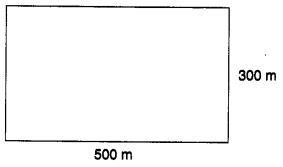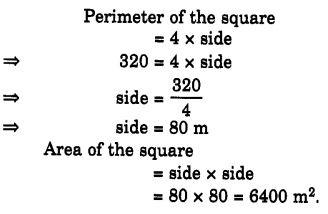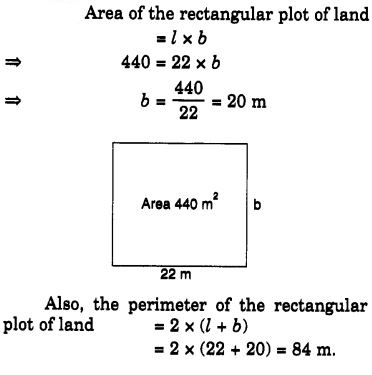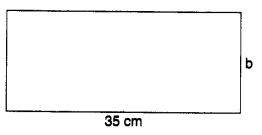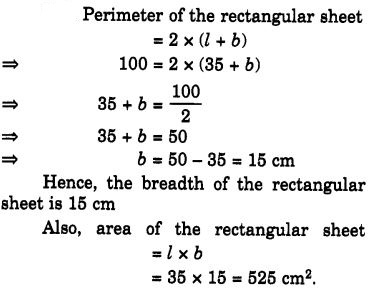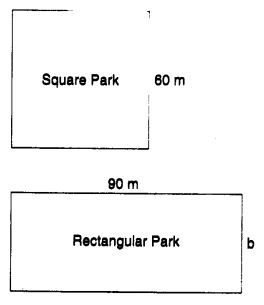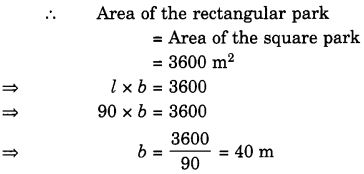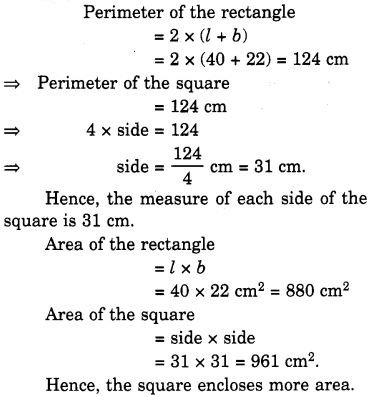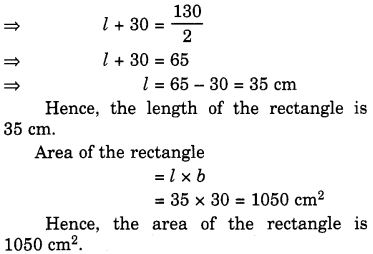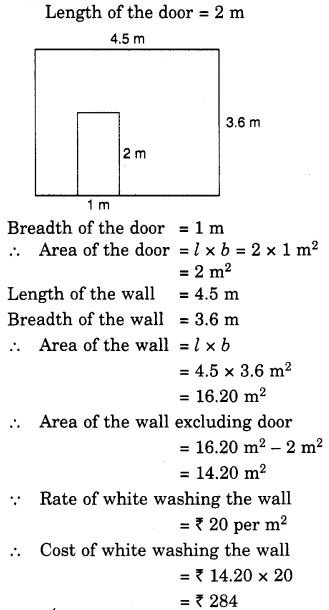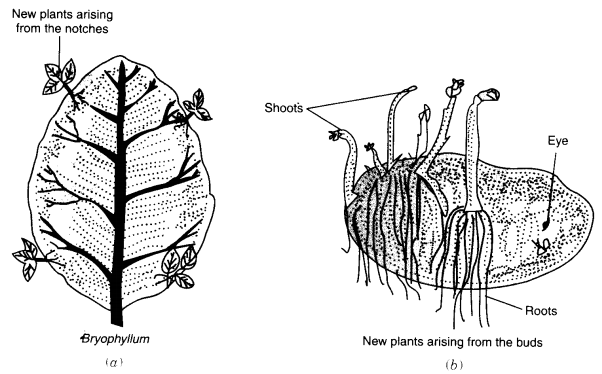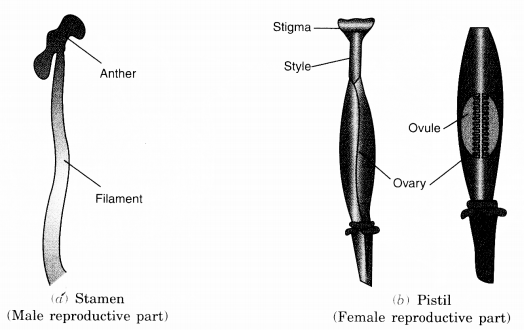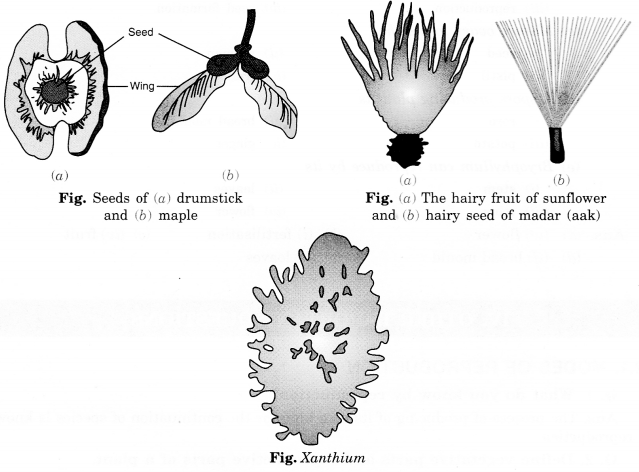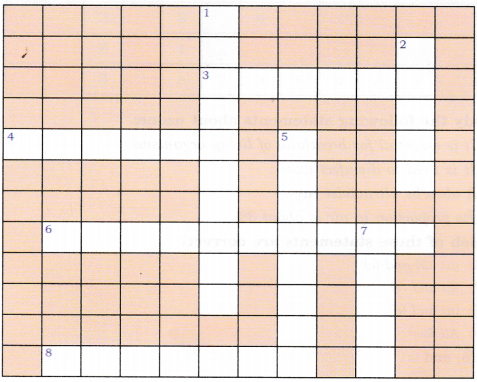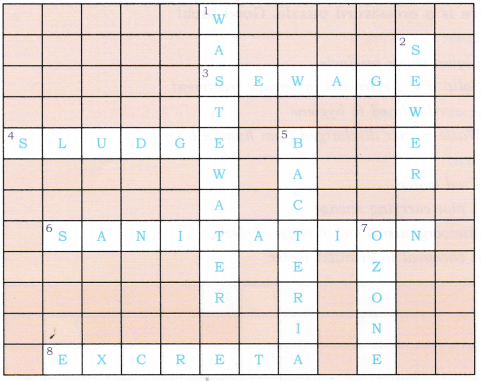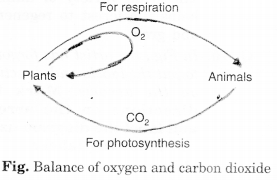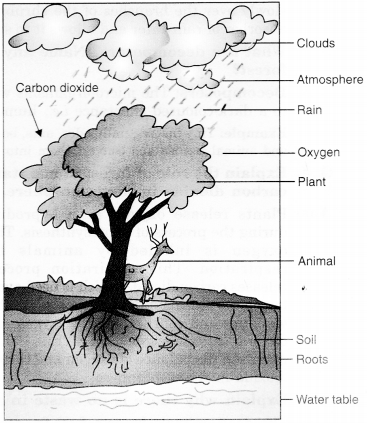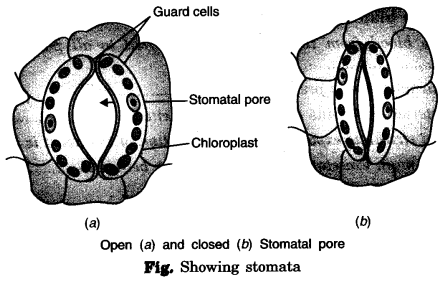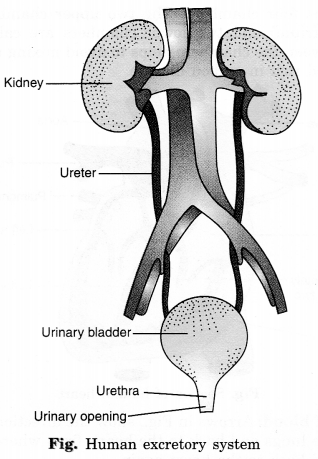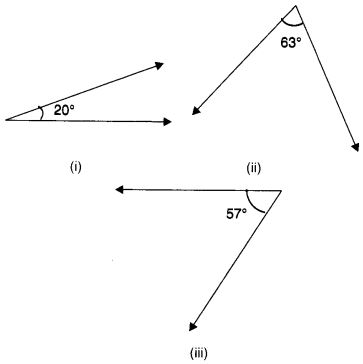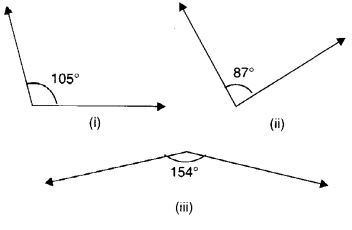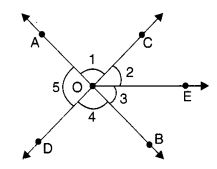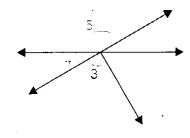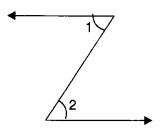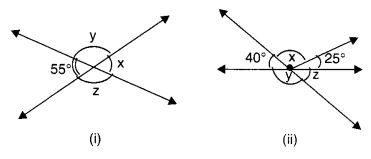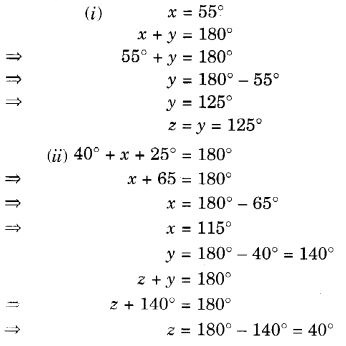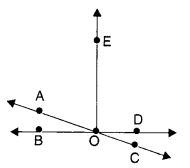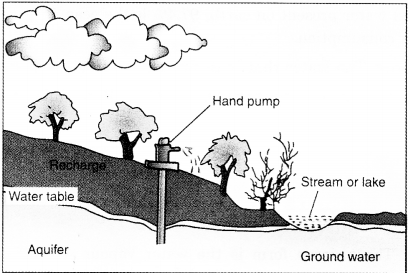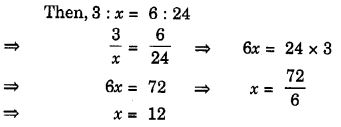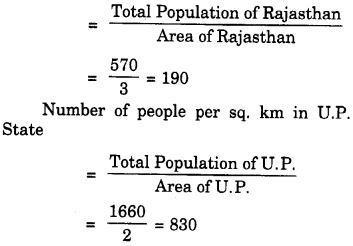NCERT Solutions for Class 7 Science Chapter 13 Motion and Time are part of NCERT Solutions for Class 7 Science. Here we have given NCERT Solutions for Class 7 Science Chapter 13 Motion and Time.
| Board | CBSE |
| Textbook | NCERT |
| Class | Class 7 |
| Subject | Science |
| Chapter | Chapter 13 |
| Chapter Name | Motion and Time |
| Number of Questions Solved | 13 |
| Category | NCERT Solutions |
NCERT Solutions for Class 7 Science Chapter 13 Motion and Time
Question 1.
Classify the following as motion along a straight line, circular or oscillatory motion:
- Motion of your hands while running.
- Motion of a horse pulling a cart on a straight road.
- Motion of a child in a merry-go-round.
- Motion of a child on a see-saw.
- Motion of the hammer of an electric bell.
- Motion of a train on a straight bridge.
Answer:
- Oscillatory
- Straight line
- Circular
- Oscillatory
- Oscillatory
- Straight line
Question 2.
Which of the following are not correct?
(i) The basic unit of time is second.
(ii) Every object moves at a constant speed.
(iii) Distance between two cities is measured in kilometers.
(iv) The time period of a given pendulum is not constant.
(v) The speed of a train is expressed in m/h.
Answer:
(ii), (iv), (v).
Question 3.
A simple pendulum takes 32 sec. to complete 20 oscillations. What is the time period of the pendulum?
Answer:
Time taken for 20 oscillations = 32 s
Time taken for 1 oscillation = \(\frac { 32 s }{ 20 } \)
Hence, Time period = 1.6 s
Question 4.
The distance between the two stations is 240 km. A train takes 4 hours to cover this distance. Calculate the speed of the train.
Answer:
Given, distance = 240 km
time = 4 h
speed = \(\frac { distance }{ time } \) = \(\frac { 240 km }{ 4 h } \) = 60 km/h.
Question 5.
The odometer of a car reads 57321.0 km when the clock shows the time 08: 30 AM. What is the distance moved by car, if at 08: 50 AM, the odometer reading has changed to 57336.0 km? Calculate the speed of the car in km/min during this time. Express the speed in km/h also.
Answer:
In this question, it is given that,
Initial reading of odometer = 57321.0 km
Final reading of odometer = 57336.0 km
Initial time = 08.30 AM
Final time = 08.50 AM
Now, total distance covered = Final reading of odometer – Initial reading of odometer
= 57336.0 km – 57321.0 km = 15.0 km
Total time taken = Final time – Initial time
= 08.50 AM – 08.30 AM
= 20 min
We know that,
speed = \(\frac { Distance\quad covered }{ Time\quad taken } =\frac { 15Km }{ 20min } =0.75Km/min\)
Speed in km/h = 0.75 x 60 (1 hr = 60 min) = 45 km/hr
Therefore, the distance moved by the car =15 km
and the speed of the car = 0.75 km/min and 45 km/h.
Question 6.
Salma takes 15 minutes from her house to reach her school on a bicycle. If the bicycle has a speed of 2 m/s, calculate the distance between her house and the school.
Answer:
Given, Speed = 2 m/s
Time =15 min = 15 x 60 s = 900 s
distance = speed x time = 2 m/s x 900 s = 1800 m
\(\frac { 1800 m }{ 1000 } \) km = 1.8 km
Question 7.
Show the shape of the distance-time graph for the motion in the following cases:
(i) A car moving at a constant speed.
(ii) A car parked on a side road.
Answer:
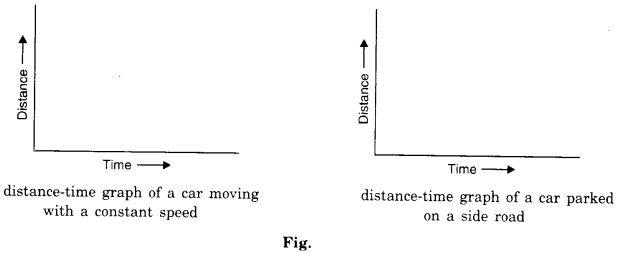
Question 8.
Which of the following relations is correct?
(i) Speed = Distance × Time
(ii) Speed = \(\frac { Distance }{ Time }\)
(iii) Speed = \(\frac { Time }{ Distance }\)
(iv) Speed = \(\frac { 1 }{ Distance\times Time } \)
Answer:
(ii) Speed = \(\frac { Distance }{ Time }\)
Question 9.
The basic unit of speed is:
(i) km/min
(ii) m/min
(iii) km/h
(iv) m/s
Answer:
(iv) m/s
Question 10.
A car moves with a speed of 40 km/h for 15 minutes and then with a speed of 60 km/h for the next 15 minutes. The total distance covered by the car is:
(i) 100 km
(ii) 25 km
(iii) 15 km
(iv) 10 km
Answer:
(ii) 25 km
Question 11.
Suppose the two photographs shown in Figures A and B had been taken at an interval of 10 seconds. If a distance of 100 metres is shown by 1 cm in these photographs, calculate the speed of the red car.
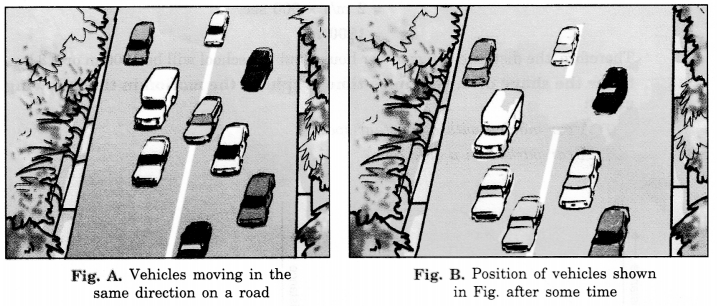
Answer:
Do it yourself.
Question 12.
The figure shows the distance-time graph for the motion of two vehicles A and B. Which one of them is moving faster?
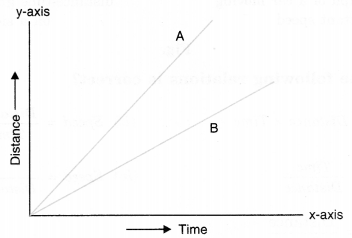
Fig. Distance-time graph for the motion of two cars
Answer:
A is moving faster.
Question 13.
Which of the following distance-time graphs shows a truck moving with a speed which is not constant?
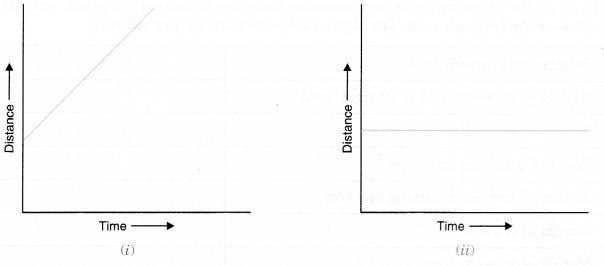
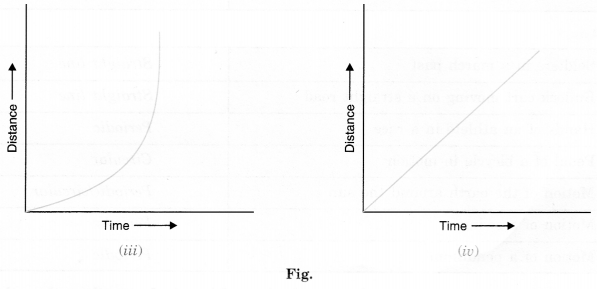
Answer:
(ii) and (iii).
We hope the NCERT Solutions for Class 7 Science Chapter 13 Motion and Time help you. If you have any query regarding NCERT Solutions for Class 7 Science Chapter 13 Motion and Time, drop a comment below and we will get back to you at the earliest.
